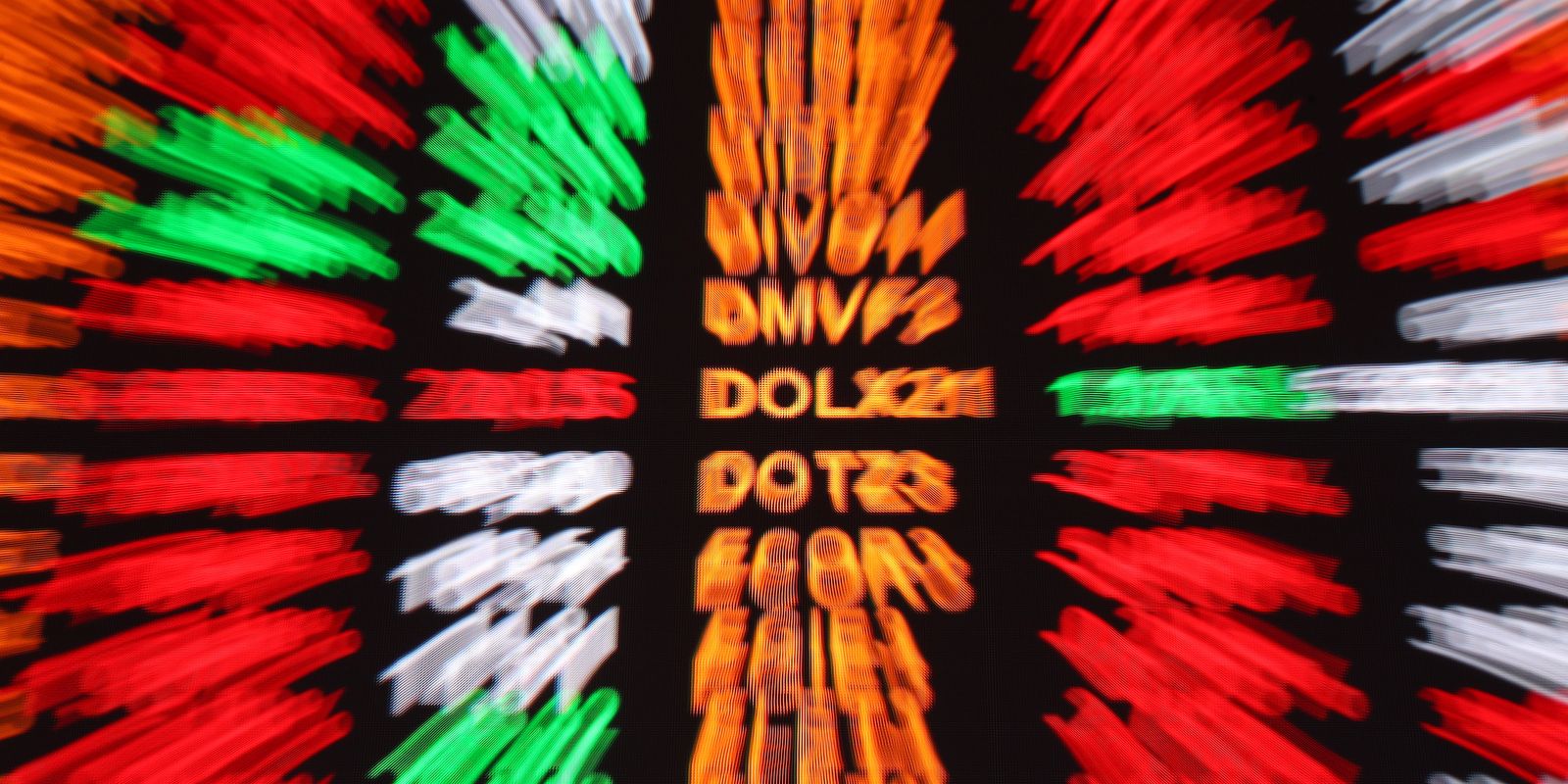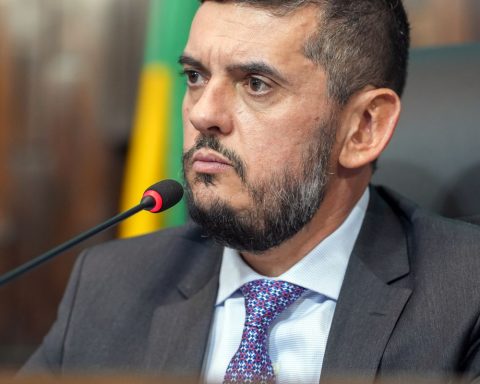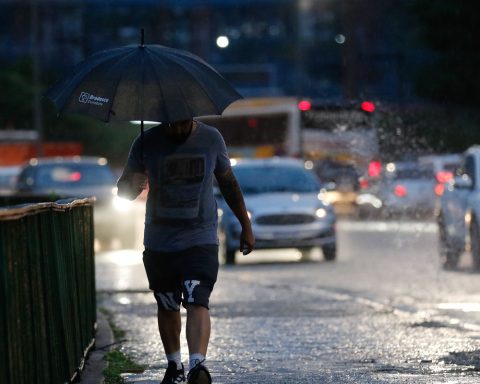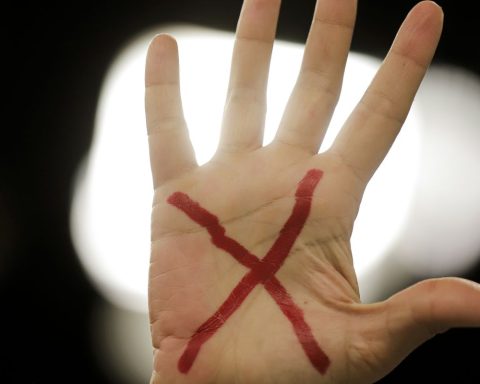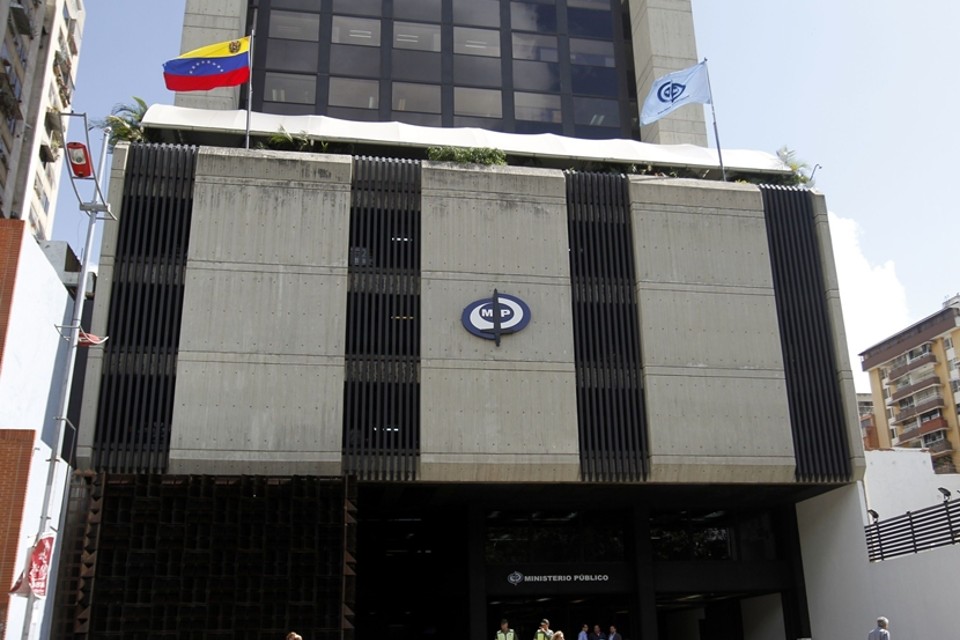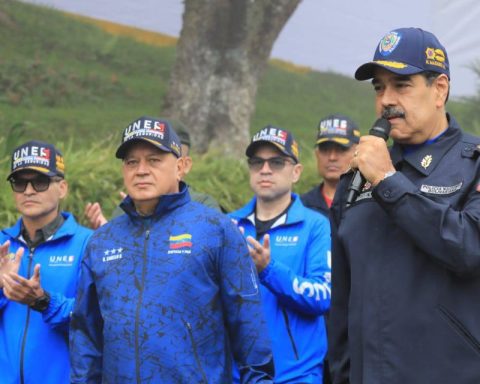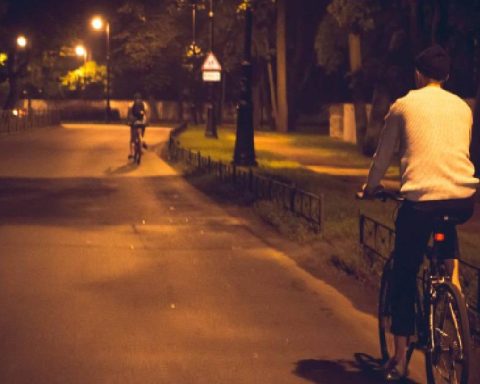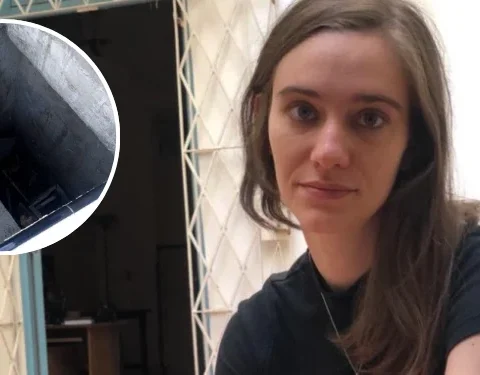Ibovespa, the main index of the São Paulo Stock Exchange, B3, ended its movement on the last trading day of the year with 120,283 points, registered at 6:11 pm this Monday (30), a slight increase of 0.01% compared to on Friday.
The level is just 2% above that recorded on December 29, 2019, five years ago, when the market closed at 117,706 points, a month and a half before the precipitous fall caused by the global response to the Covid 19 pandemic began. the Ibovespa fell 12,413 points, or 9.35%, around 75% of that in the last 20 days alone.
The stability in the last 24 hours is related to the sharp drop in shares of Aeris, in electrical materials, Brasken, in chemical inputs, and Azevedo & Travassos, in engineering. The three companies accumulated a year-to-date loss in share value of more than 50% and were a negative highlight on the market today, with respective drops of 31.29%, 19.20% and 10.48%, respectively. The increases were distributed, with emphasis on Americanas shares, with an increase of 20.39% today, offsetting part of the fall in the year, when its shares plummeted 93.19%.
B3 will resume negotiations next Thursday, January 2nd. Typically, and unlike 2020, the recess in the 3 powers and the calm pace in foreign markets tends to avoid major falls and, on the contrary, point to an upward trend at the end of the month, in recent years.
Dollar
Trading of the North American currency showed a slight drop in relation to the real this Monday. The spot dollar closed down 0.22%, quoted at R$6.179. During the year, the North American currency accumulated an increase of 27.36%, the biggest fluctuation since 2020, when it advanced 29.3% against the real. The dollar opened the year at R$4.891.
The fall was driven by the direct action of the Central Bank in the markets in December, with sale of US$ 15 billion only in December, to hold back the advance in prices, which exceeded the nominal value of R$6 for the first time in history in November and reached the historical maximum price of R$6.2679 this month. Today alone, US$1.815 billion were auctioned on the market.
Uncertainties regarding spending cuts in public accounts and fluctuations in international markets were identified as decisive factors in the surge during the year. Part of the government base linked the rise to pure financial speculation by investors, with capital outflows related to changes in interest rate policies in the United States.
For the ninth consecutive time, the Focus Bulletin raised the dollar price forecast for 2025. According to the report, the currency is expected to cost, on average, R$5.96 next year. A week ago, the Focus Bulletin estimated a dollar at R$5.90. In turn, the LDO approved in Parliament foresees an average exchange rate of R$4.98 for next year.
*with information from Reuters Agency
